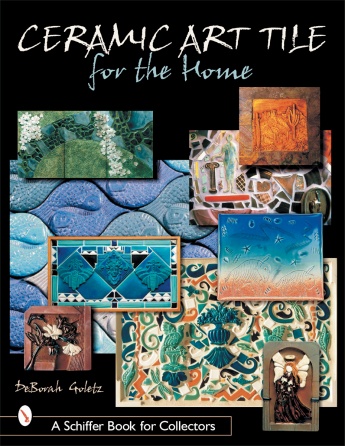APE Grupo Ceramics Chosen for Challenging Spanish Villa Project

APE Grupo’s small-format ceramic tiles in vibrant green were used in the bathrooms and wet areas. Photo: Romana Ella Plaček.

Photo: Romana Ella Plaček.

Photo: Romana Ella Plaček.

Photo: Romana Ella Plaček.




Developing an architectural project in Lanzarote, Spain — an island requiring careful environmental preservation, with limited resources and restricted transportation — presented a significant challenge that led Czech architects to undertake a deeply conscious and sustainable approach.
“Lanzarote is a miracle I want to preserve, where architecture must pay homage to the landscape and not harm its natural beauty," said César Manrique, the iconic artist and architect of the volcanic island.
Before beginning the design process, the Czech architectural studio OOOOX team dedicated an entire year to studying the area, exploring its nuances, architectural identity, and connection to the natural surroundings. Respecting the island’s unique identity, its volcanic essence, and the balance between architecture and landscape advocated by César Manrique became a central focus and a personal commitment.
“We tried to maximize the use of local resources, both for sustainability and out of respect for the landscape,” explains Radka Valová, the villa’s architect. This strong emphasis ensured the design’s integration with its surroundings and reflects a philosophy of preserving and enhancing the natural and architectural beauty of the island.
Villa Amonita is conceived as an extension of Lanzarote’s volcanic landscape. The villa seems to emerge from the terrain, respecting the natural forms and colors. Lava stone walls establish a visual dialogue between the surrounding landscape and contemporary architecture, creating a harmonious connection between the natural and the constructed. This integration highlights the uniqueness of the location and reflects meticulous respect for the site.
The use of traditional colors, white and green, and local materials, such as volcanic stone, enrich the relationship between the building and its environment. Black lava stone, used both for walls and decorative details, emphasizes Lanzarote’s distinctive character and creates a visual dialogue between the villa and the surrounding landscape.
APE Grupo’s ceramics play a pivotal role in respecting the island’s architectural heritage, particularly in bathrooms and wet areas, where the small-format pieces in a vibrant green add vitality and evoke Manrique’s artistic legacy.
The renovation of this villa, originally built in 2000, included partial layout modifications to maximize functionality. Communal areas were reduced to create more bedrooms and a fluid connection between the interior and exterior was established, fostering outdoor living. The house features a terrace with a barbecue kitchen, a dining area, and a pool, elements that enhance the enjoyment of the island’s constant climate.
Interior courtyards and open terraces connect the interior with the exterior, allowing light and the landscape to become the protagonists of the living space. These elements reinforce the experience of living in harmony with nature.
Looking for a reprint of this article?
From high-res PDFs to custom plaques, order your copy today!













